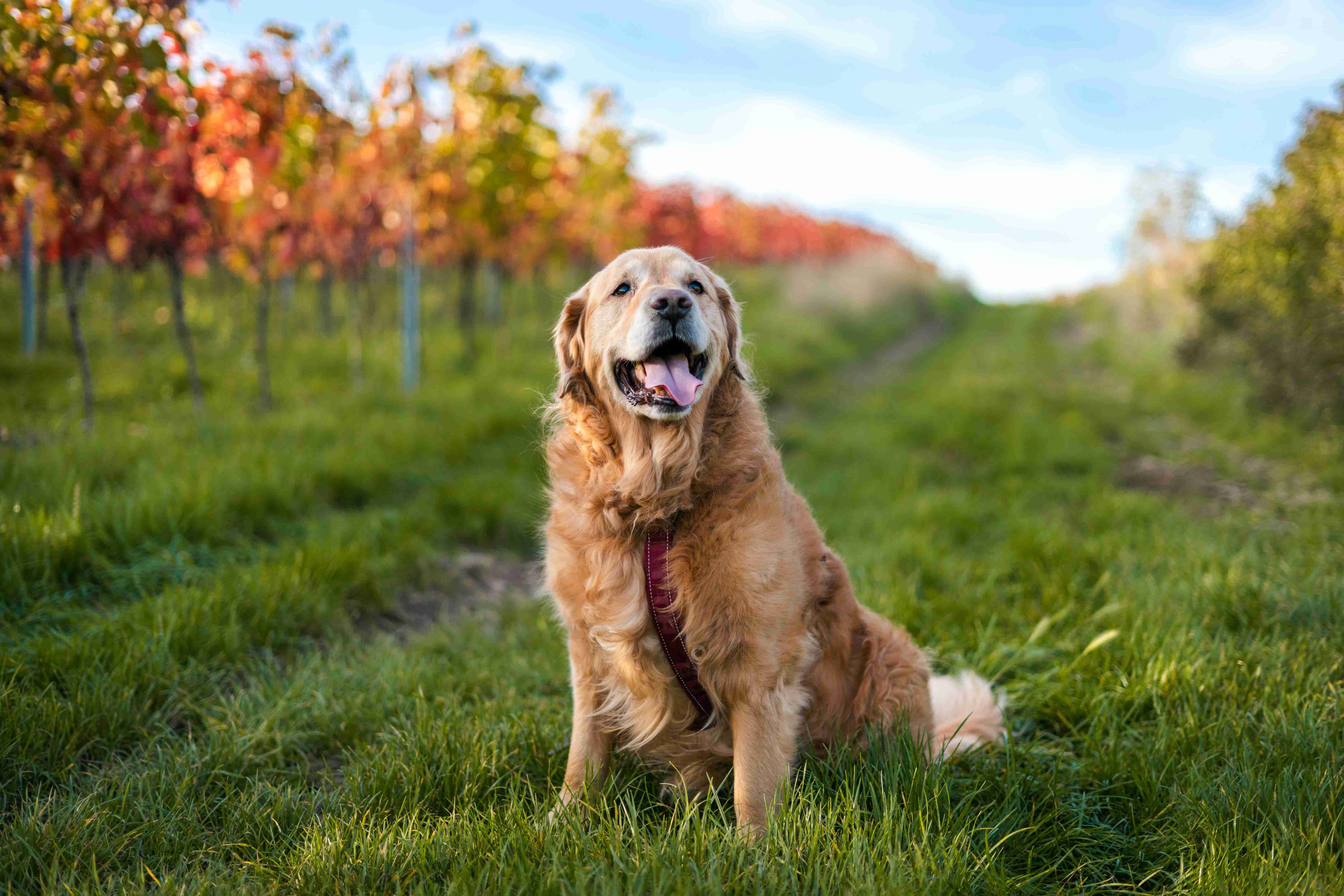Labrador Retrievers are one of the most popular breeds in the world, and for good reason. They are loyal, intelligent, and loving animals that make great family pets. If you are a Labrador Retriever owner or breeder, you likely have questions about their reproductive health. One of the most common questions is how often a female Labrador Retriever can safely breed. In this blog post, we will explore the answer to this question and provide essential information about the reproductive health of female Labrador Retrievers. Whether you are a breeder or simply want to ensure your pet’s well-being, this post will give you the knowledge you need.
Breeding your female Labrador Retriever can be a rewarding experience. However, it is important to understand the reproductive health of your female Labrador Retriever and how often it is safe for her to breed. In this blog post, we will discuss the factors that affect the reproductive health of female Labrador Retrievers and how often they can safely breed.
Age
The age of your female Labrador Retriever is an important factor in her reproductive health. It is recommended that female Labrador Retrievers should not be bred until they are at least two years old. Breeding a female Labrador Retriever before she is two years old can lead to health complications for both the mother and the puppies.
Frequency
The frequency of breeding also plays a role in the reproductive health of female Labrador Retrievers. It is recommended that female Labrador Retrievers should not be bred more than once a year. If your female Labrador Retriever is bred too frequently, it can lead to health complications such as uterine infections and other reproductive disorders.

Health
The health of your female Labrador Retriever is also an important factor in her reproductive health. Before breeding your female Labrador Retriever, it is important to ensure that she is in good health. You should take her to the vet for a check-up and ensure that she is up-to-date on all of her vaccinations. If your female Labrador Retriever has any health issues, it is best to wait until she is healthy before breeding her.
Lifestyle
The lifestyle of your female Labrador Retriever can also affect her reproductive health. Female Labrador Retrievers that are kept in good physical condition and are given a healthy diet are more likely to have successful pregnancies and healthy puppies. It is also important to ensure that your female Labrador Retriever gets plenty of exercise and is not overweight, as this can lead to health complications during pregnancy and delivery.
Conclusion
Breeding your female Labrador Retriever can be a rewarding experience, but it is important to understand the reproductive health of your dog and how often it is safe for her to breed. By taking into consideration the age, frequency of breeding, health, and lifestyle of your female Labrador Retriever, you can help ensure that she has a healthy pregnancy and delivers healthy puppies. Remember to always consult with your veterinarian before breeding your female Labrador Retriever to ensure that you are making the right decision for her health and well-being.
In conclusion, understanding the reproductive health of your female Labrador Retriever is essential for ensuring her overall well-being and producing healthy litters. It is important to consult with your veterinarian and carefully consider the timing and frequency of breeding to avoid potential health risks. By providing your dog with proper care and attention, you can help ensure a happy and healthy life for your beloved companion. Remember, responsible breeding practices not only benefit your dog but also contribute to the betterment of the breed as a whole.



%20-%20Copy.jpg)
%20-%20Copy.jpg)
.jpg)
%20-%20Copy.jpg)
%20-%20Copy.jpg)